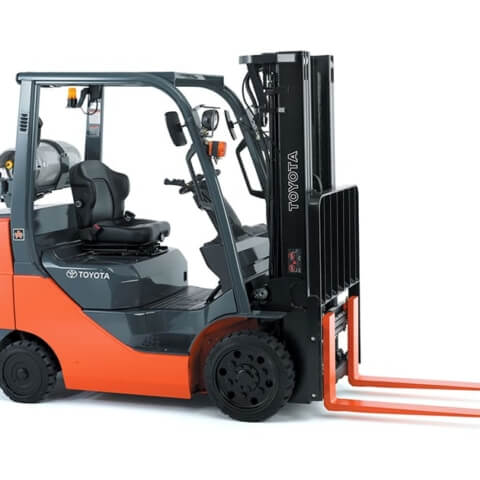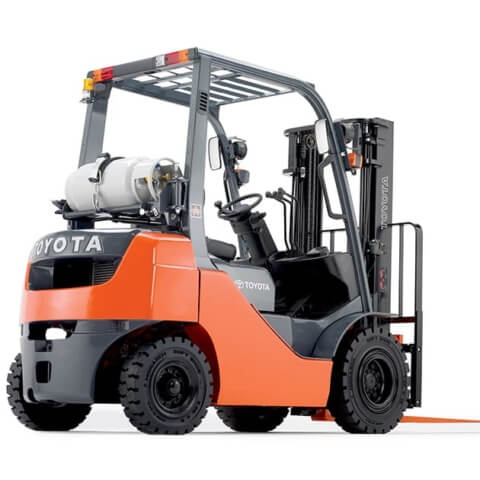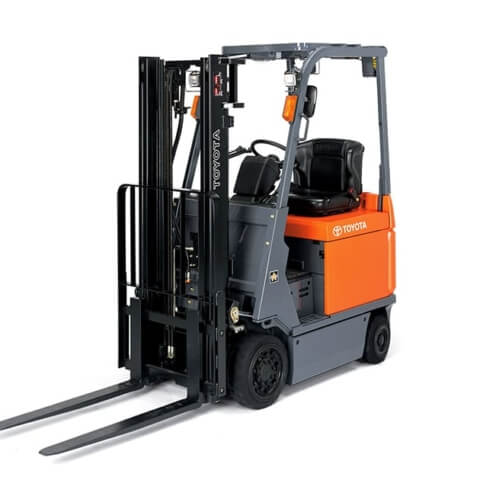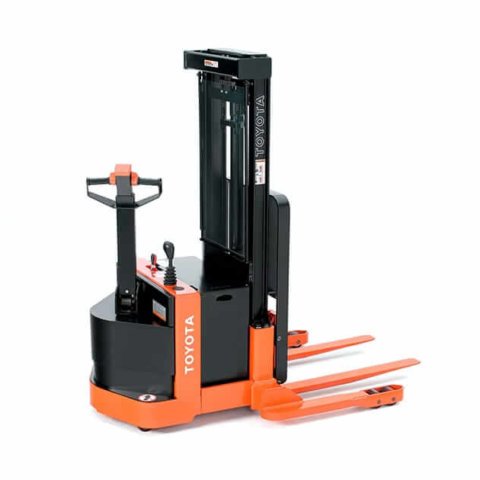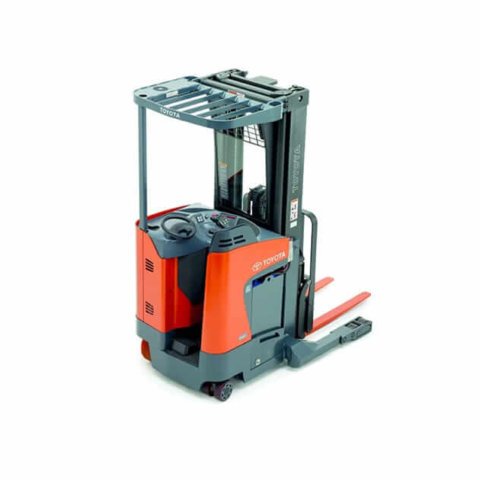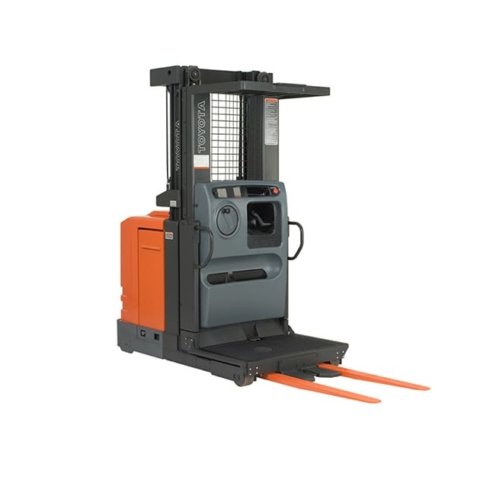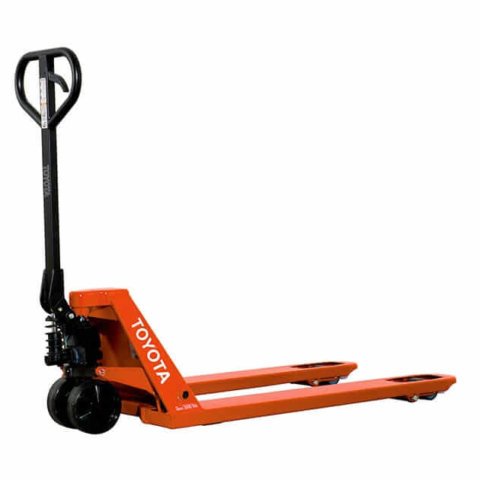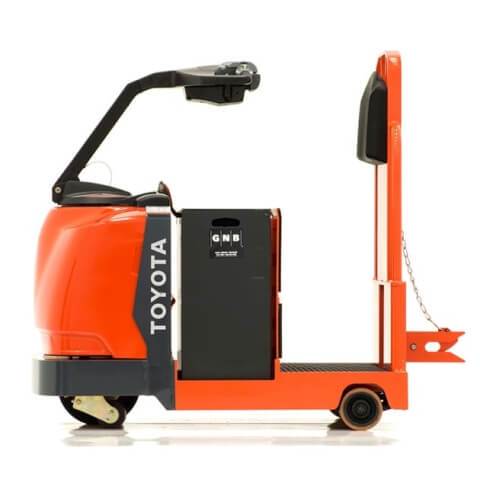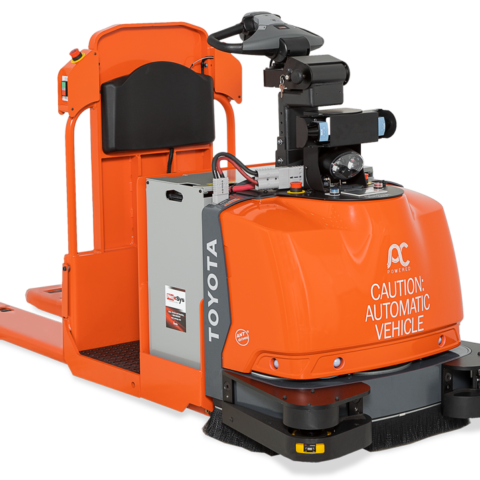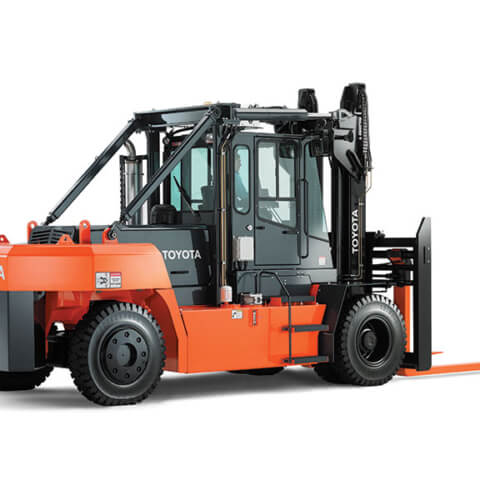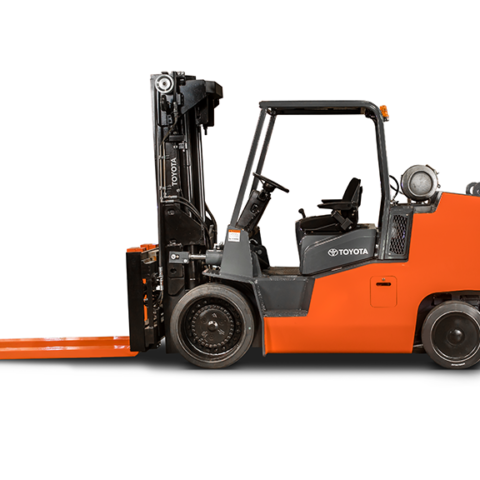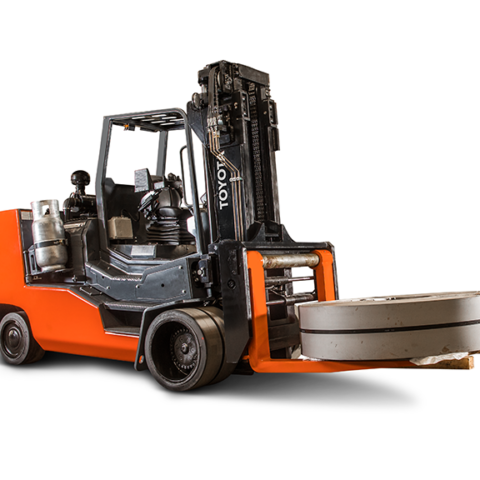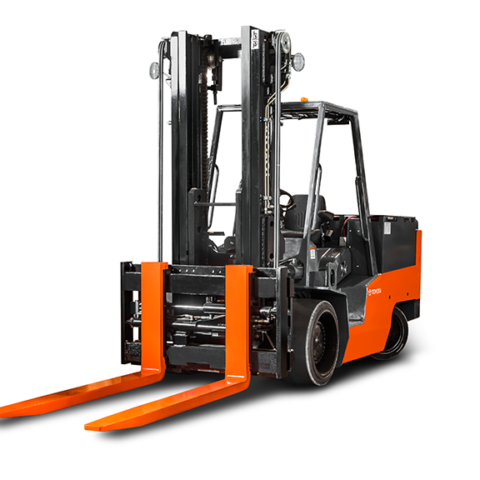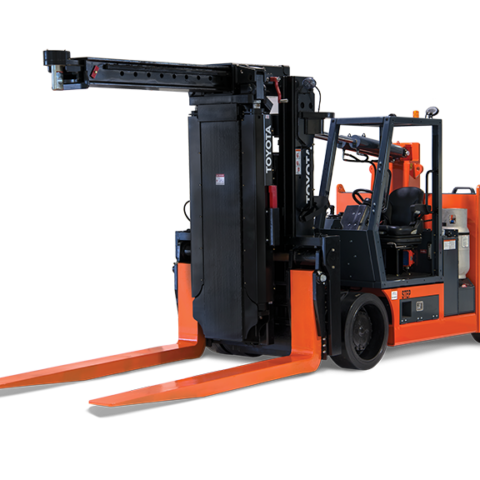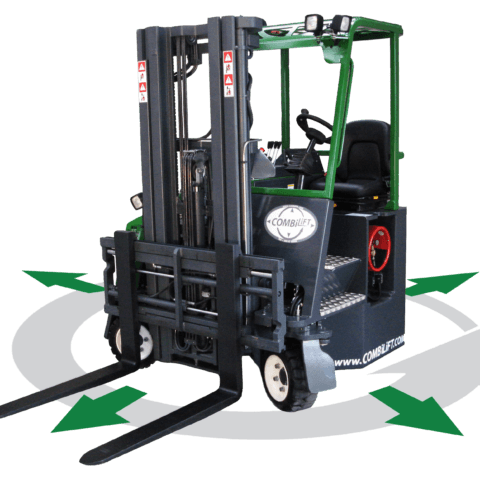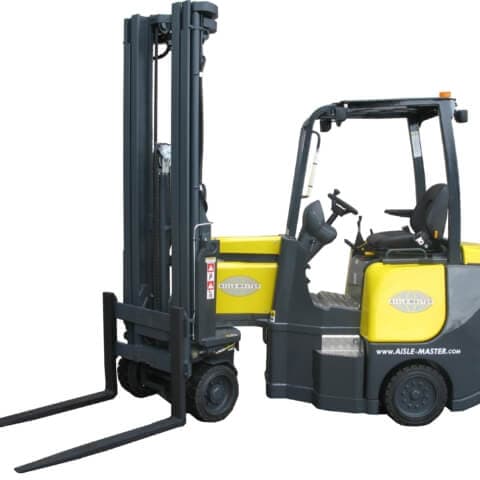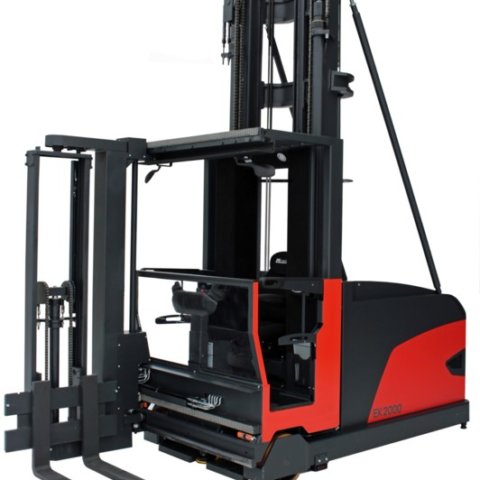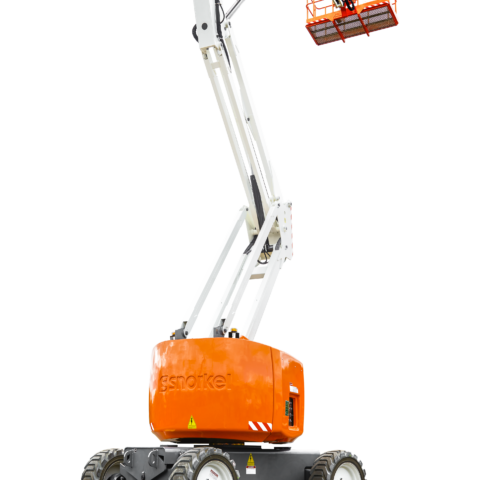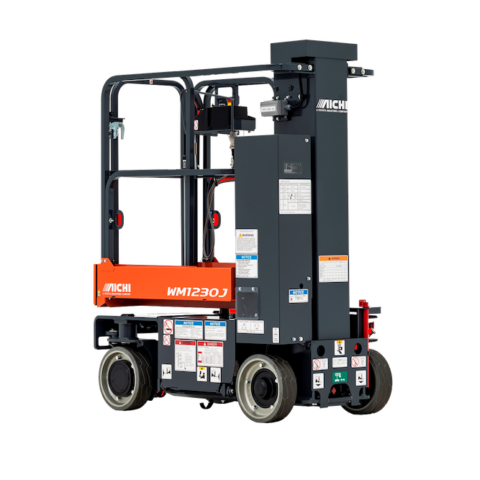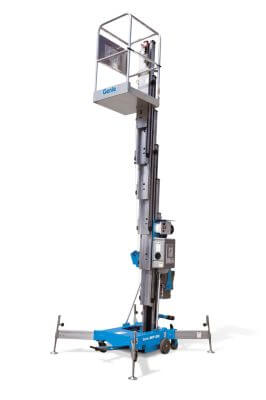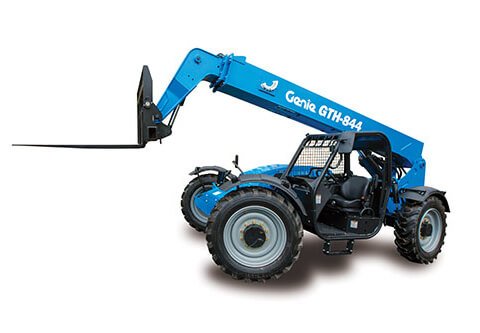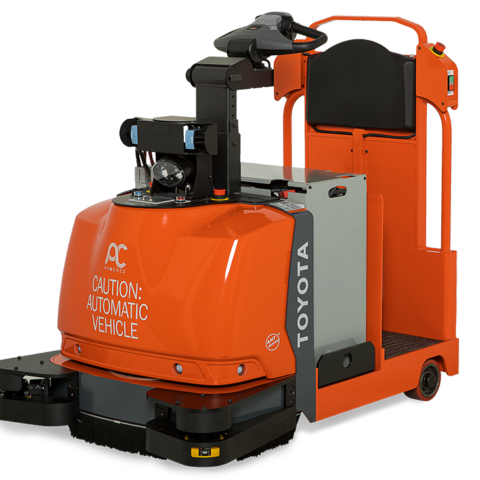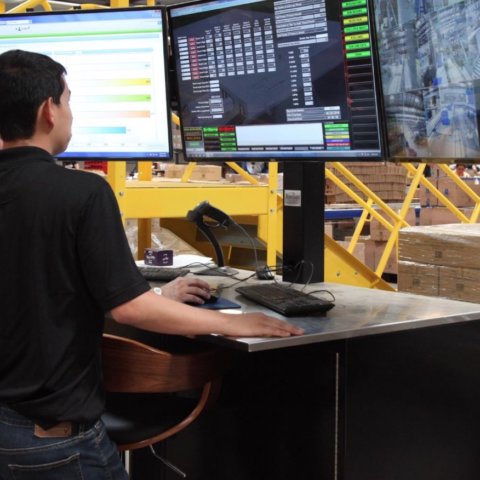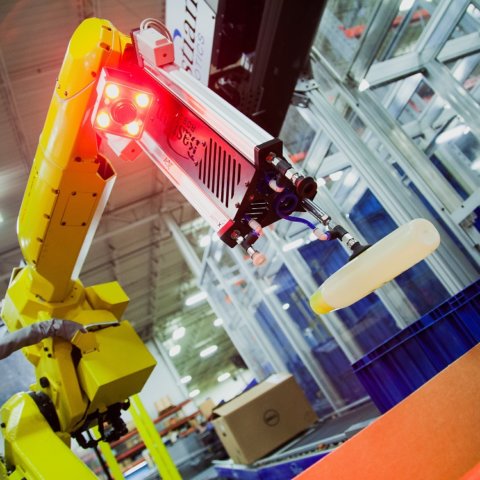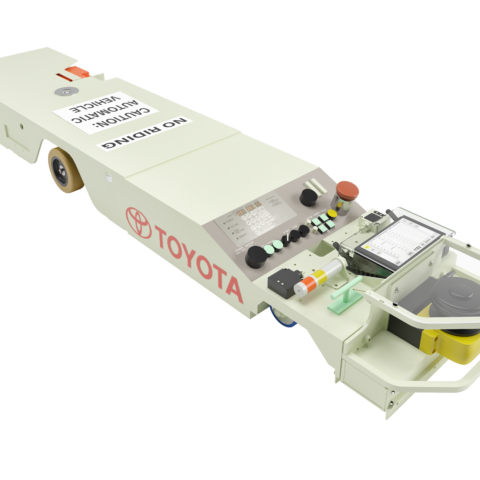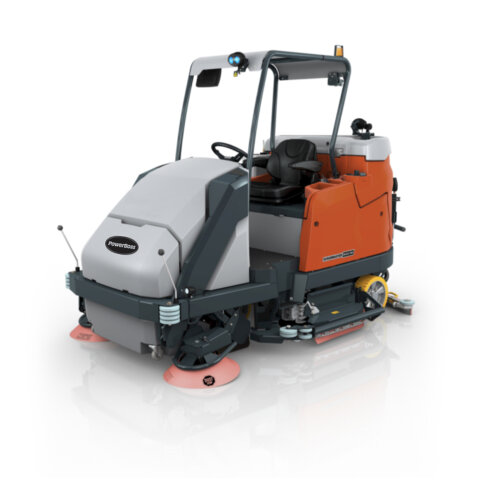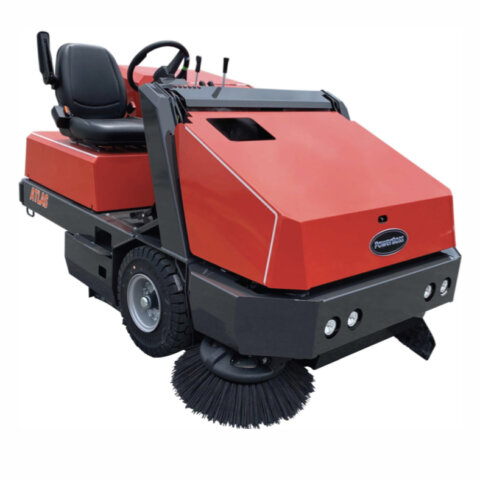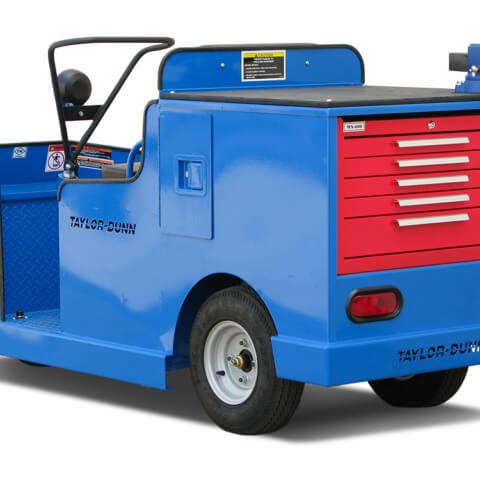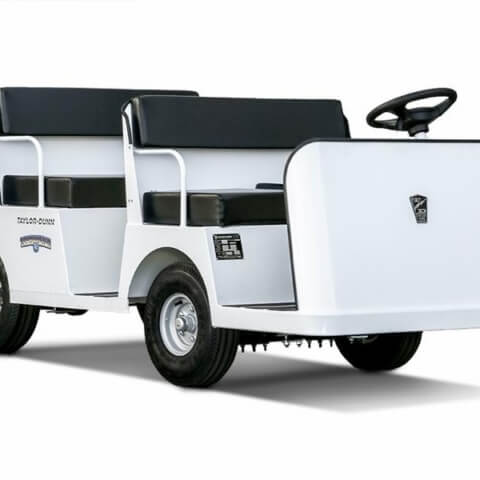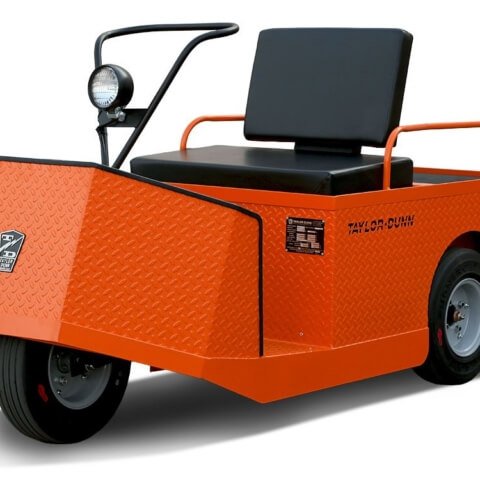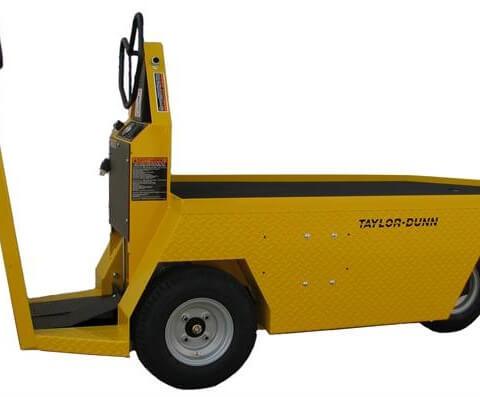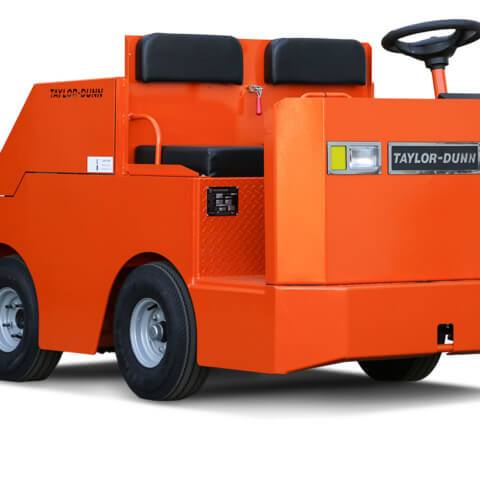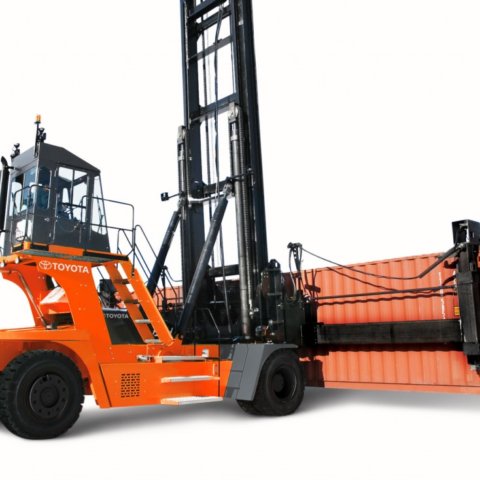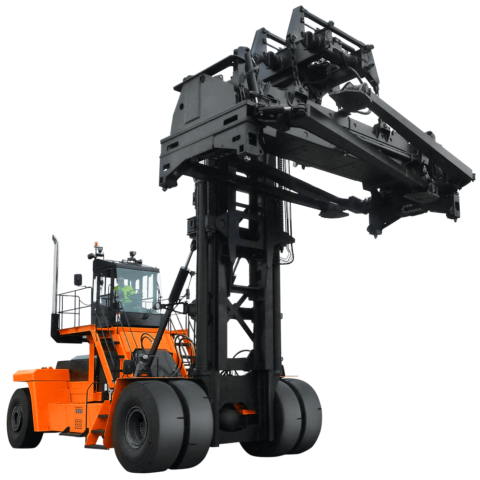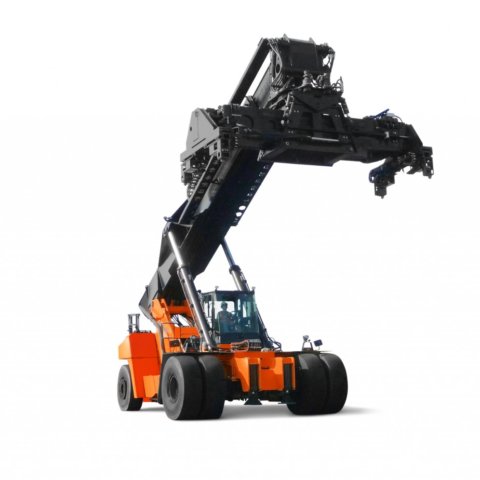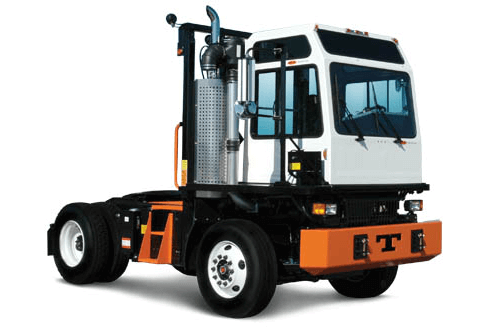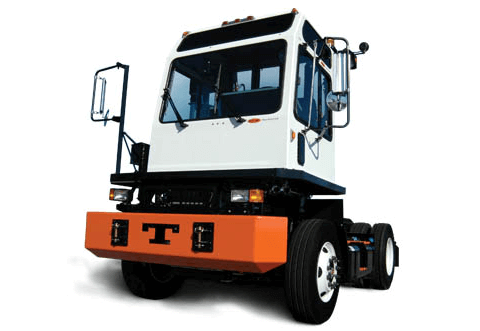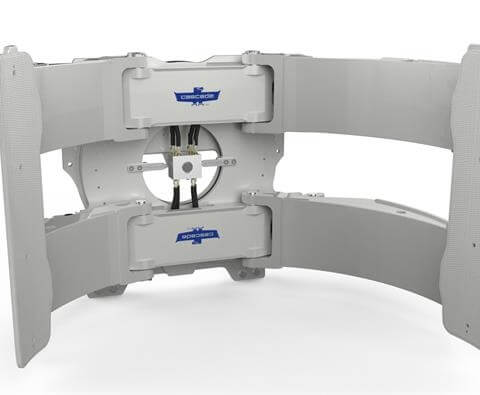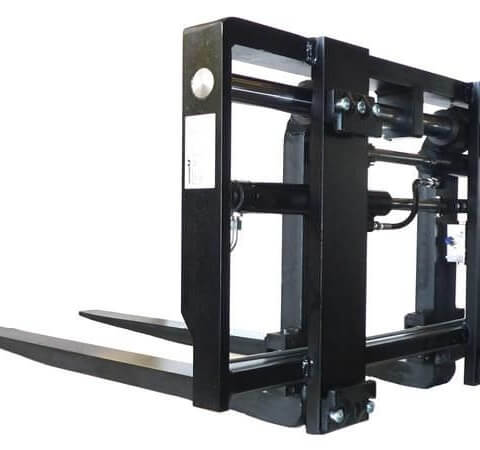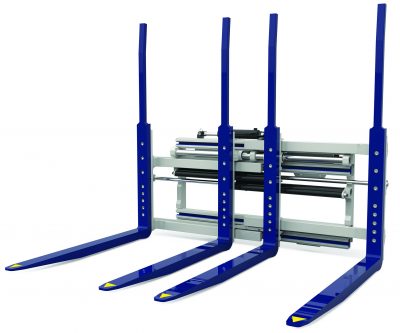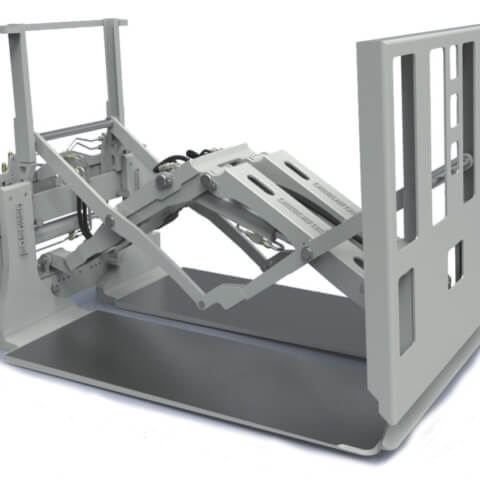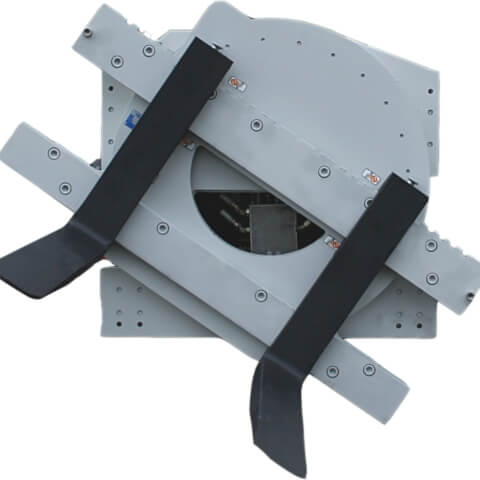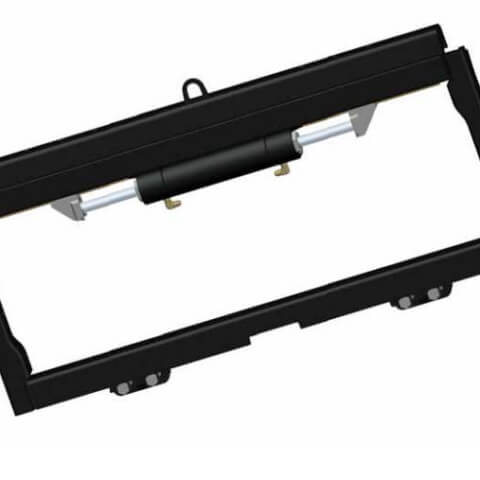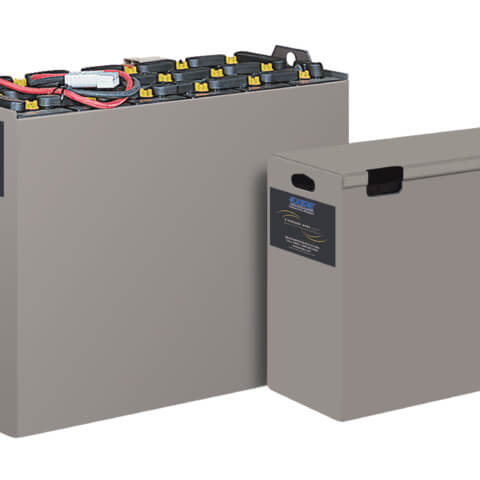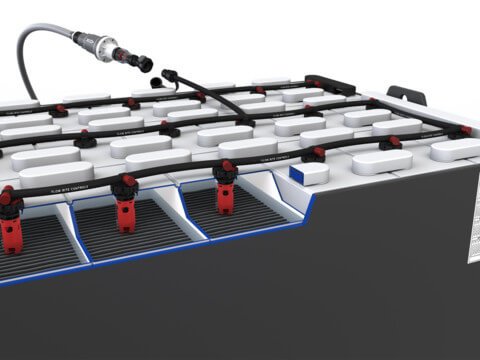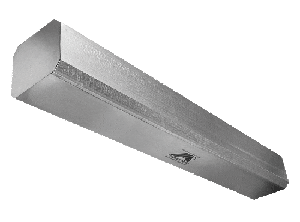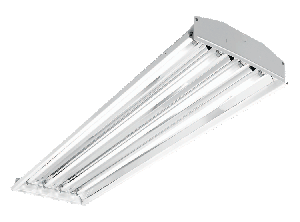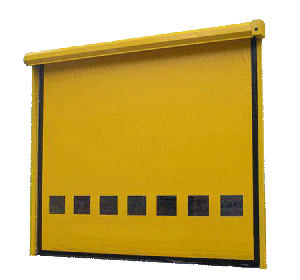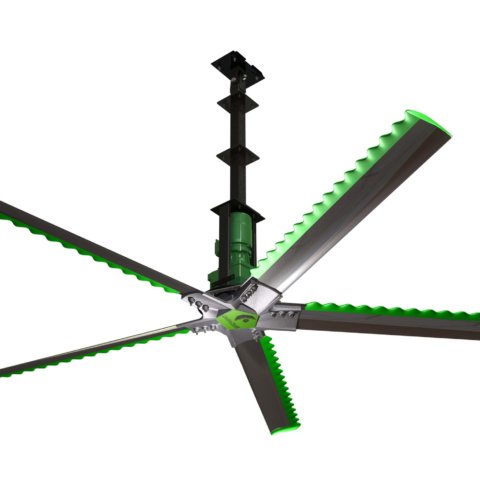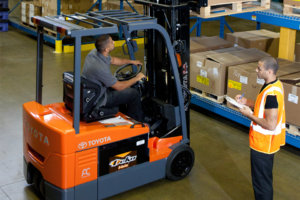
Looking for a forklift train-the-trainer class? Contact a safety specialist for pricing & available dates! CONTACT SAFETY SPECIALIST
Since 1997, ProLift has supported customers with forklift safety training classes for forklift operators and forklift operator train-the-trainer classes for new trainers. Some trainings are hosted at our ProLift locations; however, most take place at the customer’s site and our Training team has learned how to plan for a training class no matter the setting or audience. If you’ve been designated as your company’s trainer, review our forklift training best practices before scheduling your next class.
Be On Time
For a trainer, “on time” means being ready to begin class at least 15 minutes prior to the published start of class. The time needed for set-up is dependent upon the type of training, but our ProLift trainers arrive at least 30 minutes prior to put out materials and warm up the projector. Extra time also allows you to address unexpected issues such as replacing a dead battery in the projector, rearranging the room set-up, etc.
Be Prepared
A prepared trainer is ready for students as they enter class, welcoming each person to create a hospitable environment. This practice informs each student that you are an approachable trainer and focused on the class. It also includes preparing all materials day before the training class. If you leave small details – such as making copies – to the day of class, you are vulnerable to being caught off-guard when the copier isn’t operating.
Know Your Material
Inevitably there will be a time when a training class doesn’t go as planned – perhaps your materials are damaged or forgotten, or the WiFi isn’t strong enough to play a video. A trainer that has a thorough understanding of the presentation and flow of class will still be able to lead a successful training. For emergencies, a class outline serves as a great reference tool.
Knowing your material also means not relying solely on the presentation. Students aren’t interested in having a trainer read to them, but instead want someone to be conversational and share relevant experiences.
Stay On Time
Students arrange their day around a training class, making it important to start and end the training as published. ProLift trainers start with an agenda of the class breakdown and use alarms as a reminder to end breaks, lunches and hands-on tasks. It can be difficult to gather students back after downtime, especially a large group, but a trainer must be mindful of time and restart the class as promised. Most importantly, as a trainer, you must not be the person who is keeping the class waiting.
Remaining on time also includes controlling the class when a talkative student takes the discussion off-track. Positive experience sharing can be helpful but if it becomes disruptive, regaining control to keep the class on track is the responsibility of the trainer.
Encourage Engagement
At the beginning of the training class, a trainer has the opportunity to get students excited about being in attendance. One way to accomplish this is by sharing which problems the training will help solve, including safety concerns. A trainer should also look for opportunities during training to have students share their knowledge and experience.
Because everyone’s attention span is short, incorporate breaks into the schedule or get students physically moving with a hands-on activity. You may discover some students engage best outside of the class, finding you during breaks or staying after to ask questions.
Use Relevant Visuals
Visuals can include a physical item, picture or video. If you use a visual during a training class there should be a reason for doing so and as the trainer, you should be able to articulate its purpose. To reflect a quality presentation, the visual must also be legible and not blurry. ProLift trainers often use visuals when it can reinforce the consequence of a written warning, show how a forklift operates or highlights a “before / after” improvement.
Customize For Audience
Your presentation needs to be relevant to your audience, which means planning for unique training messages and arguments. Customizing your training will help your audience connect how the information can be used during their day-to-day activities.
How you handle distractions may also be dependent on your audience. A trainer can guide meeting etiquette by asking students to set aside laptops and phones, or requesting necessary business calls be taken outside the training room.
Are you the designated trainer for your company? ProLift can help build or refresh your training knowledge for forklifts and aerial lifts. Speak to a safety specialist for more details about train-the-trainer classes or materials!
Contact Safety Specialist
